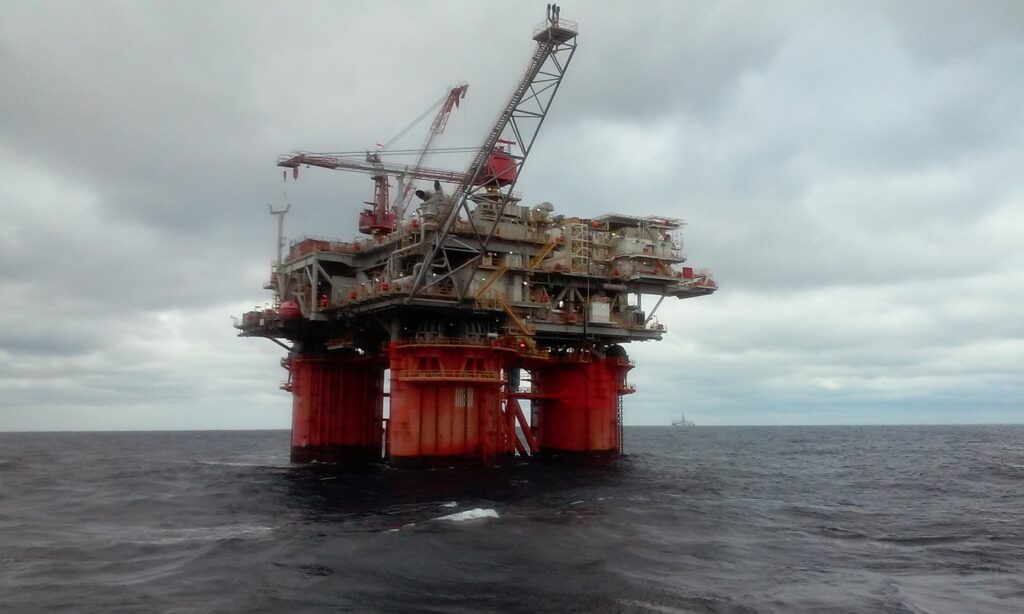Oceans cover the largest area of the entire earth. For a long time, mankind has also been using the oceans in many ways. For example, important raw materials have also been mined in the ocean for many years.
While this was initially only sand and gravel, the energy raw materials oil and gas were added later. Minerals have also been extracted from the shallow coastal areas for a long time. These were once transported to the coasts by erosion.
Soon, however, marine mining is to be extended to the deep sea. Mineral raw materials will then also be extracted there.
Extraction of mineral raw materials from coastal areas
Mineral raw materials are already being extracted from the shallow coastal areas of our seas in many places. They were once transported by erosion to the edge of the oceans and deposited there.
For example, diamonds, as well as zinc and titanium, have been mined along the coasts of Namibia and South Africa for many years. Gold is also found on the African coasts as well as on the coasts of America and Asia.
Thus, marine mining has a long tradition. However, other mineral raw materials are likely to be added in the future. These are mainly located in the deep sea, i.e. at ocean depths of more than 1000 meters.
Raw materials to be extracted from the deep sea
The raw materials to be extracted from the deep sea in the future primarily include manganese nodules, cobalt crusts and massive sulfides.
Manganese nodules are mostly found in water depths of more than 4000 meters, while cobalt crusts are mainly found along the flanks of maritime mountain ranges at depths of 800 to 2500 meters. Massive sulfides, meanwhile, have accumulated in water depths of 500 to 5000 meters in marine regions with volcanic activity.
Since many deposits are found in international waters, maritime mining in the deep sea is a great opportunity for countries poor in metal raw materials, such as Germany, to acquire corresponding exploration licenses.
For example, the German Federal Institute for Geosciences and Natural Resources has been exploring a license area for manganese nodules in the northeast Pacific since 2006. Since 2015, the exploration projects have also included a license area for massive sulfides in the Indian Ocean.
Although there is no active mining of maritime mineral resources in the deep sea today, this step may well become a reality within the next few years.
It is already known that about two-thirds of the potential deposits of cobalt crusts are located in the Pacific Ocean, while about a quarter are found in the Atlantic Ocean and only 11 percent of the deposits are located in the Indian Ocean.
Manganese nodules, cobalt crusts and massive sulfides are already of great economic interest as they contain numerous mineral raw materials.








